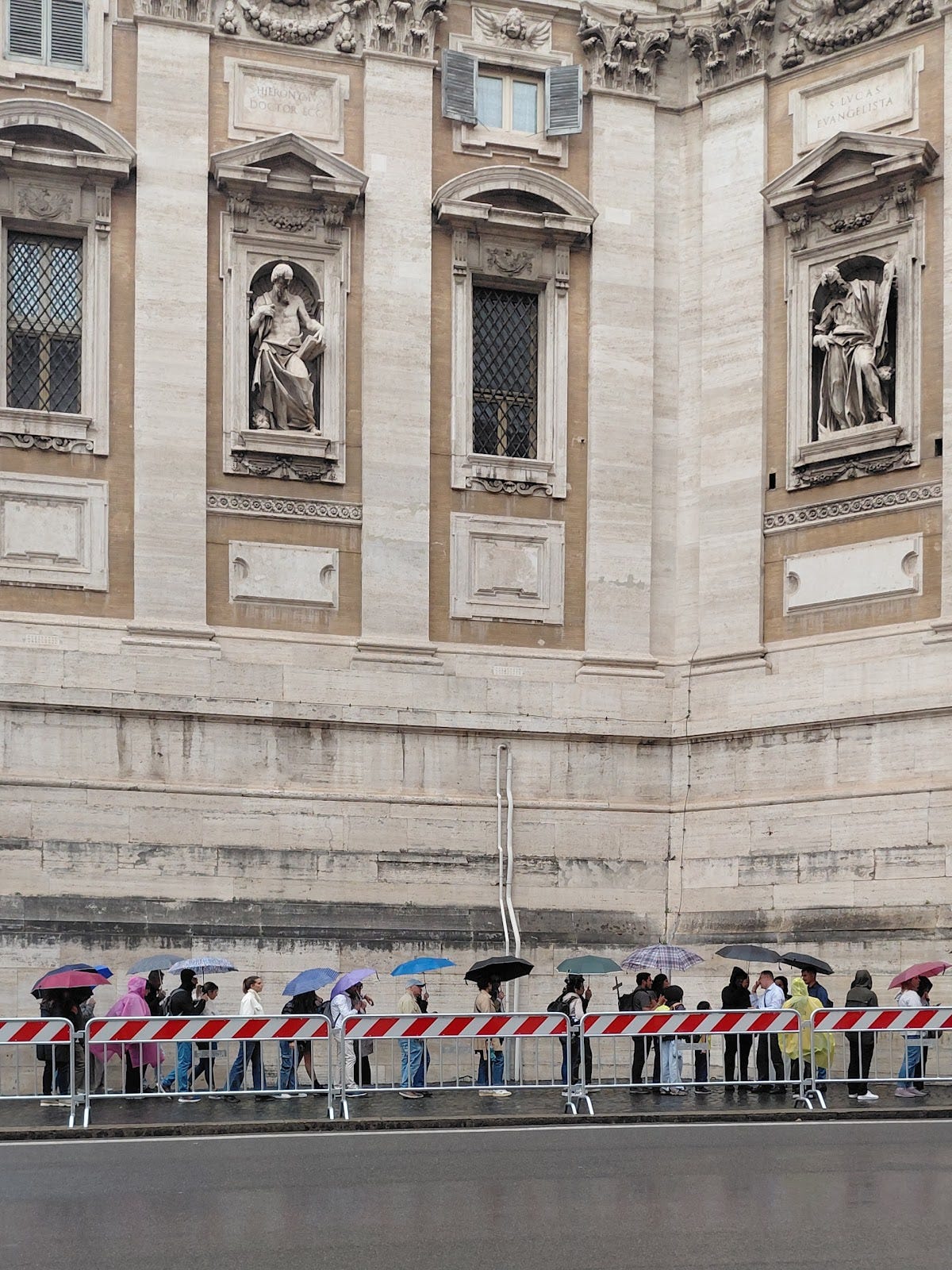At Rome’s Marian shrine, after Francis was laid to rest
Interregnum in full swing: the day after Pope Francis’ burial in Rome’s Marian shrine
The Church buried Pope Francis in Rome’s Santa Maria Maggiore Basilica on Saturday, April 26, the eve of the Octave of Easter, which Catholics the world over celebrate as Divine Mercy Sunday.

